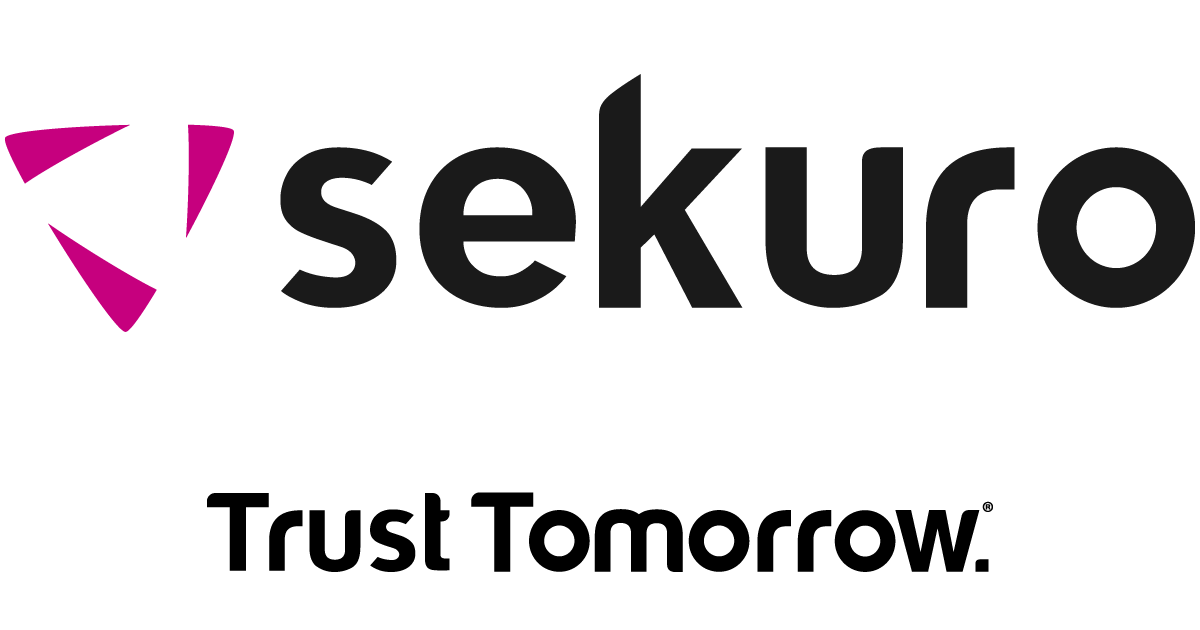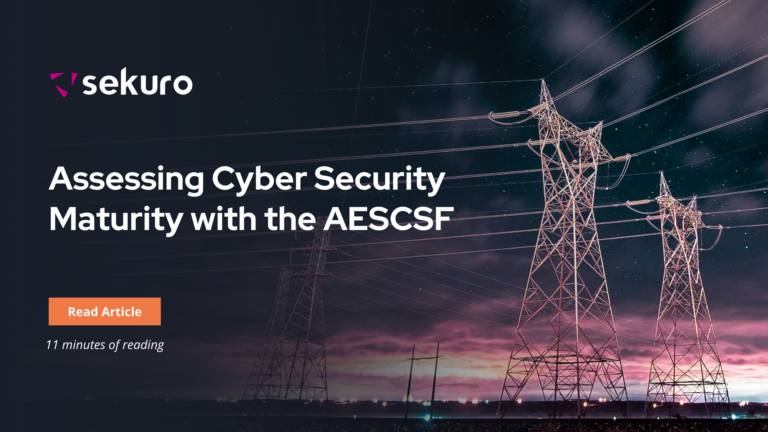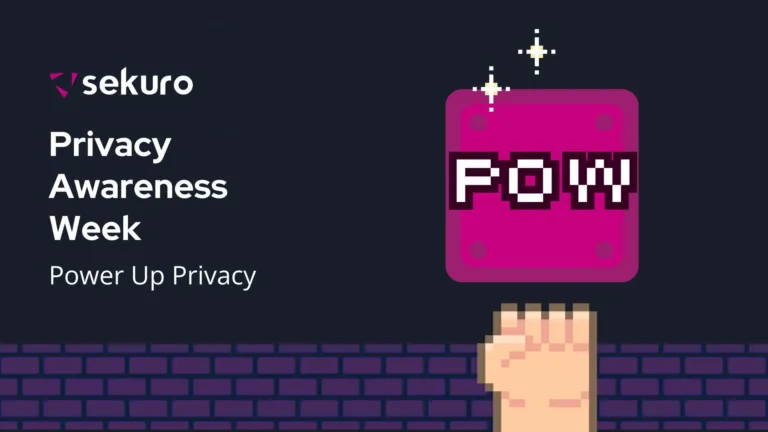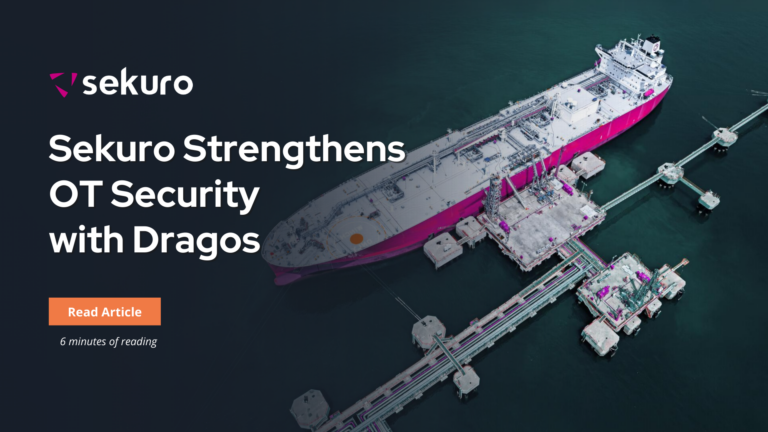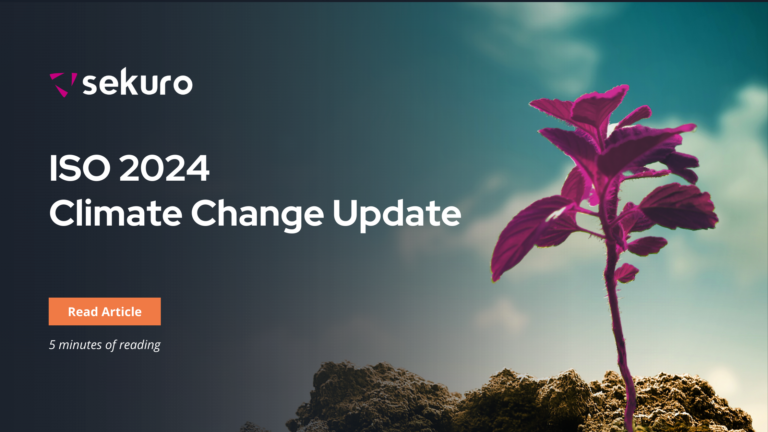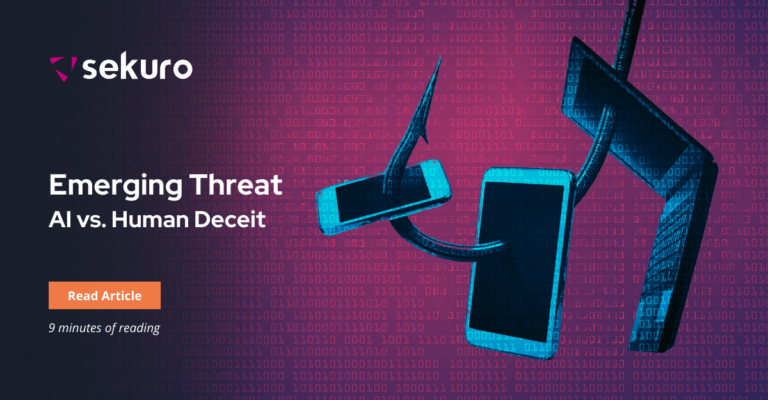To mark Sekuro’s launch of our Zero Trust Strategy services on the AWS Marketplace, we are delivering a series of blogs that are designed to help you maximise the new offering.
Sekuro’s Zero Trust Strategy services on AWS Marketplace can be the missing ingredient in the tech stack consolidation process.
As you go through the consolidation process, what you’re left with doesn’t always talk to each other. In this blog, we’ll unpack how a Zero Trust strategy can play a vital role in getting maximum success and return on your consolidation.
Consolidation — a journey, not a destination
So you’ve consolidated your tech stack — well done! Streamlining and integrating various technologies within your organisation is no small feat. The architectural weaknesses in legacy technology create deeply enmeshed organisational risk for businesses that rely on older, siloed systems, making consolidation a modern necessity.
But once the consolidation is complete, this doesn’t mark an end to it. Oftentimes, companies will find the period post-tech stack consolidation equally, if not more, challenging than the actual consolidation process itself. This is because one of the most difficult aspects is getting all the new technologies to work together.
Platform consolidation has the benefit of improved visibility, a reduction in friction, and a better ability to meet evolving security demands. But this means nothing if the tech platforms chosen don’t talk to one another.
Integration and communication between different security tools are absolutely core to success because cyber-criminals are exploiting multiple domains simultaneously when they coordinate attacks. According to the CrowdStrike 2024 Global Threat Report, cloud intrusions increased by 75% overall with cloud-conscious cases amplifying by 110% year-over-year.
The launch of Zero Trust Strategy services on AWS is the beginning of a new era of convenience for our clients — one that sits hand in glove with post-consolidation. Platform consolidation gives businesses reduced complexity, and a lower level of technical debt, eliminating the uncertainties that arise from inconsistent, unpredictable multi-platform set-ups.
In the same way, Sekuro’s Zero Trust strategy on AWS Marketplace simplifies purchasing and billing of associated software licences, making a mature and holistic cyber security posture even more accessible — especially to organisations seeking to more fully leverage their AWS credits.
Why is consolidation so important for cyber security?
Let’s focus on the security aspect of tech stack consolidation. Consolidating systems can create new and unexpected security vulnerabilities if not implemented correctly. Ensuring that security measures are maintained not just during the consolidation process, but the aftermath as well, is crucial to protecting sensitive data and maintaining compliance.
Interoperability is one of the vital components of the tech stack consolidation that speaks so relevantly to a healthy cyber security posture in an organisation. Through the seamless communication and integration of different elements of the tech stack, interoperability serves to connect disparate systems. In the Crowdstrike ecosystem, the threat detection capabilities extend throughout endpoints, cloud, and identity, as well as cross-platform integration with Zscaler and Okta.
In addition, a consolidated tech stack that is successfully interoperable means there are fewer tools in use overall. This reduces the complexity of the system, reduces the total cost of ownership, and means teams can do ‘more with less’ in terms of technology investment, but also in personnel investment as well. On the flip side, the noisier the tech environment, the greater the likelihood that potential vulnerabilities go undetected.
Training is another reason why consolidation is so important for cyber security. Training and upkeep across a large number of diverse technologies can be challenging — time-consuming for employees, and expensive for employers. Consolidating a tech stack can simplify the onboarding and ongoing training process for security professionals, making it easier to develop the skills needed to manage a particular security environment effectively.
Compliance is the third factor of a well-defined tech stack consolidation. Many industries and many different countries, including Australia, have specific compliance requirements for data protection, breach notification, and cyber security more broadly. A consolidated tech stack can make demonstrating compliance a more streamlined process, and it can be easier to satisfy regulatory requirements with a more standardised approach to cyber security technologies.
In essence, consolidation is the antidote to complexity. And complexity is the Achilles heel to security. Too many alerts, neverending patching, and dealing with legacy technologies make security architecture too confusing. It has the double whammy consequence of making it difficult to spot threats in time, but increasing operational costs and ability to act in an agile or positive way. Studies show that sticking with overly complex security architectures can cost organisations around 31.6% more in the event of a data breach, adding up to a sizeable USD 1.44 million.
Common challenges in the post-consolidation phase
After you’ve consolidated, some issues which may arise include:
- When it comes to data migration, the successful and safe transfer of data from one technology to another is risky. If not done properly, it can result in data inconsistency, loss, or corruption, or leave various trails of information vulnerable and open to cyber attack. Think of it this way: the average time to detect an attack is over 200 days. If you migrate to a new platform, the logs from the old one don’t always carry across. If an attack is discovered a month later, you may be missing logs from the old platform as it may be more than 200 days by this point, before it’s discovered.
- Consolidating systems can create unexpected security vulnerabilities from the introduction of new products and services, and the ongoing training needed for staff to manage and monitor new software correctly. It’s vital to work with experts like Sekuro to ensure security measures are addressed not only in the actual consolidation but once it’s finalised too.
- Unexpected downtime or disruptions to normal business operations can occur in the post-consolidation phases. Careful planning and execution are necessary to minimise the impact on productivity.
- Organisations may find they are left to ‘settle’ for certain sub-features within a product set that aren’t as good as best-of-breed, disparate technologies. There will inevitably be some form of trade off for an all-encompassing platform that purports to do everything versus the best-of-breed solution per outcome. This is why getting the correct advice in the consolidation phase is so absolutely key to avoiding this particular pitfall.
How can Zero Trust assist with consolidation?
Sekuro’s Zero Trust Strategy services are all about helping organisations modernise their defences through embracing the Zero Trust ideology: by verifying with more context before making trust decisions whilst minimising assumptions. Trust decisions mean actions such as uploading data, accessing a system, logging into a device, and more.
There’s a common misconception that a cyber security uplift program will hinder innovation. With Zero Trust, which we design and implement for an organisation’s unique needs, innovation can continue uninterrupted and in a highly secure manner. Remember that with more context, our systems know precisely when to say no, and when to say yes. In a properly architected Zero Trust strategy, we can say “yes” to the business more often, leading to a superior user experience.
Having a Zero Trust Architecture and Strategy built by Sekuro will allow your organisation to allocate internal resources more effectively. Rather than spreading resources thinly across a range of disparate technologies, businesses can focus on optimising tools and platforms.
Consolidating vendors is where Sekuro’s Zero Trust Strategy services really step up to the mark. Instead of having multiple point people to manage across vendors, from CrowdStrike to Okta and Zscaler, Sekuro ensures one point of contact across the design, implementation, and remediation phase of a Zero Trust project. Billing is also consolidated and done through a single touchpoint. Getting rid of old inefficiencies is all part and parcel of the tech stack consolidation experience, and by doing it with Sekuro, you get the added benefit of centralised governance and expertise. We don’t just know the technologies, we know the very core of what makes Zero Trust successful.
CHOOSE SEKURO FOR ZERO TRUST
The Zero Trust Strategy services are delivered in partnership with CrowdStrike, Zscaler, and Okta as part of the Zero Trust Alliance. You can find more information about the Zero Trust Strategy on AWS Marketplace.

Crowdstrike
CrowdStrike (NASDAQ: CRWD) is a global cybersecurity leader that has redefined modern security with the world’s most advanced cloud-native platform for protecting critical areas of enterprise risk – endpoints and cloud workloads, identity, and data. Powered by the CrowdStrike Security Cloud, the CrowdStrike Falcon® platform leverages real-time indicators of attack, threat intelligence, evolving adversary tradecraft and enriched telemetry from across the enterprise to deliver hyper-accurate detections, automated protection and remediation, elite threat hunting and prioritized observability of vulnerabilities. Purpose-built in the cloud, the Falcon platform enables partners to rapidly build best-in-class integrations to deliver customer-focused solutions that provide scalable deployment, superior protection and performance, reduced complexity and immediate time-to-value.

